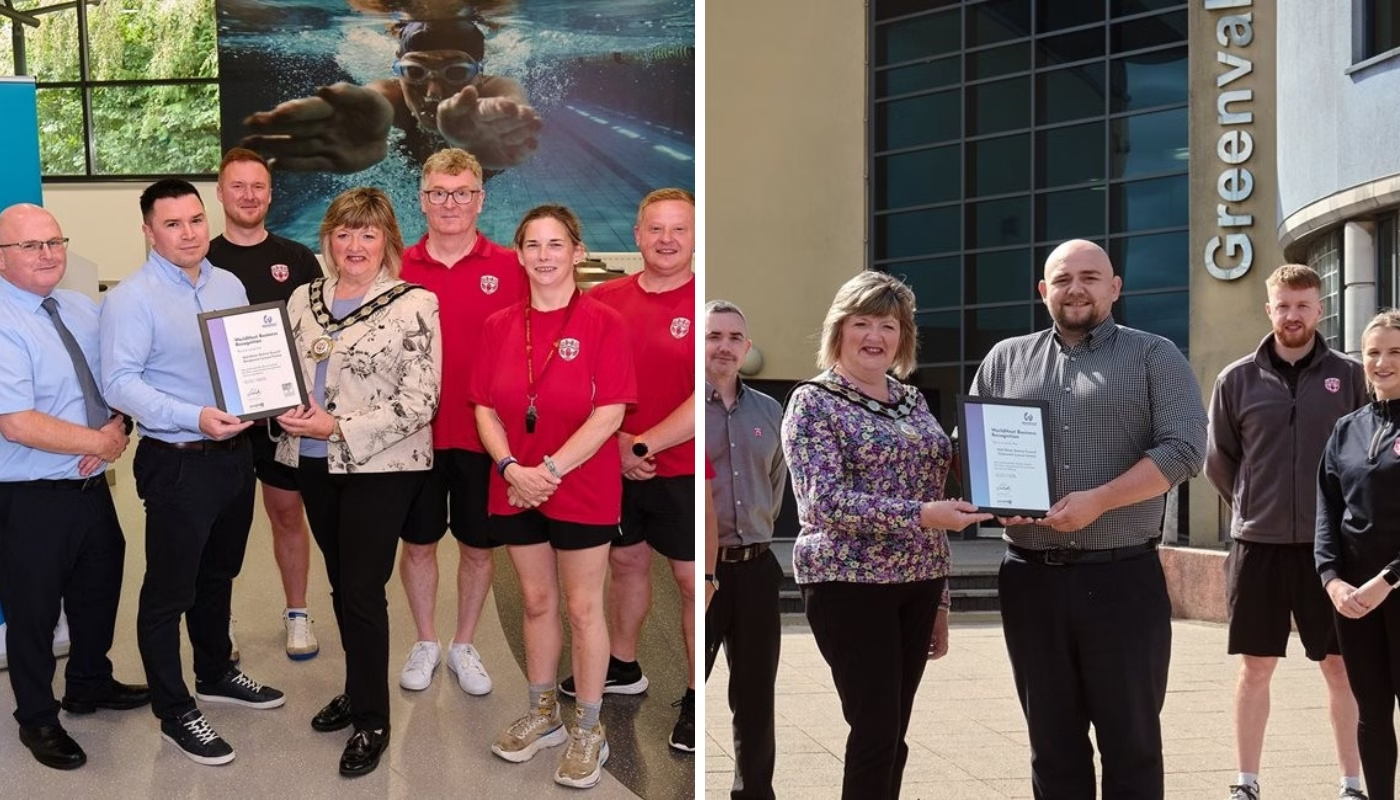
Six key types of resilience which impact the service sector
In the workplace resilience refers to an individual’s or organisation’s capacity to effectively adapt to change, recover from setbacks, and maintain productivity amidst challenges and stress. But it can encompass a range of topics and challenges – from climate change to cybersecurity – so it can be hard to pin down exactly what we mean when referring to a resilient workforce.
So how can organisations in sectors like retail, hospitality, and travel take a complex set of principles and turn them into practical strategies that support business continuity, customer trust, and long-term adaptability?
A good starting point is understanding the different types of resilience, and how organisations can prioritise mitigating, preparing for, responding to, and recovering from adverse events across these areas.
Environmental resilience
Environmental resilience focuses on how businesses respond to climate emergencies and reduce their environmental impact.
Climate emergencies can pose challenges for establishments to stay functional if affected by extreme weather such as floods, heatwaves, and storms. Glen Mhor Hotel & Apartments, with the support of Adaptation Scotland, developed a Climate Risk Management Plan to assess their vulnerabilities and take practical steps to mitigate and prepare for climate-related risks. In 2022, they opened Scotland’s first water source Energy Centre, eliminating gas use and providing sustainable heating and hot water – thereby reducing the risk of lost supply of these essential services.
To enhance resilience, service sector businesses can take proactive steps in environmental emergency preparedness:
- Implement structural reinforcements to protect against extreme weather.
- Develop and monitor a Climate Risk Management Plan.
- Train staff for effective emergency response.
- Establish clear communication protocols to ensure safety and keep guests informed.
Societal resilience
All businesses contribute to the strength and wellbeing of the communities they serve, which means they must also respond to their communities’ needs. This comes in all shapes and sizes depending on the business type – from supporting local supply chains and employment, to offering safe, inclusive spaces for customers and staff, and even playing a role in emergency response or recovery (e.g. during floods, strikes, or pandemics).
In recent years, the COVID-19 pandemic required rapid adaptation from businesses globally. In many cases, contactless check-ins, sanitation protocols, and social distancing were introduced, with some establishments offering further support to front line healthcare workers, through free parking and free meals.
The UK Resilience Framework encourages a whole-of-society approach – meaning resilience isn’t just for emergency services. It’s for everyone. Businesses that support their local communities through hardships build not only trust, but stronger societal resilience.
Organisational resilience
Organisational resilience is the ability of businesses to withstand change without loss of function. Resilient businesses can adapt quickly in adverse situations to maintain service quality and customer satisfaction; they do so by:
- Mitigating risks through proactive assessments, continuity plans, workforce planning and diversified supply chains.
- Preparing for disruptions with flexible systems, cross-training, and resource availability.
- Responding to crises with clear communication, leadership, and quick decision-making.
- Recovering by restoring operations swiftly, managing expectations, and supporting staff.
Scenario planning complements this by helping organisations model future risks – from demographic shifts to service demand spikes – and prepare accordingly.
At People 1st International, we support businesses through our involvement in the development of the National Occupational Standards for Resilience and Emergencies, in partnership with the Cabinet Office. Developed by The Workforce Development Trust (parent company to People 1st International), these standards provide a foundation for building resilience in the workforce.
Operational resilience
Operational resilience is about keeping services running during disruption. In customer-facing sectors, managers are often the hidden backbone of operational resilience. Whether responding to system outages, staffing issues, or climate-related disruptions, they’re responsible for ensuring continuity, safety, and trust across every square metre of their venue.
While it overlaps with organisational resilience, operational resilience is more focused on short-term service continuity. To support both organisational and operational resilience, The Workforce Development Trust is launching a scenario-based readiness assessment tool in autumn, designed to help organisations assess their preparedness for various disruptive events and strengthen their resilience strategies.
Cybersecurity
Cybersecurity is key, especially for sectors that rely on digital platforms and customer data. Several major retailers, including M&S, Co-op and Harrods, have suffered significant cyber-attacks in recent months, showing how even industry giants can be susceptible.
The key aspects of cybersecurity include:
- Preventing/minimising the likelihood of an attack.
- Successfully detecting malicious activity as early as possible.
- Responding quickly and having well-defined plans to manage and contain attacks.
- Being able to recover by restoring systems, data and services back to their normal operational state after the incident.
- Adapting and evolving by learning from past occurrences to improve future resilience.
Personal resilience
In the workplace, personal resilience focuses on wellbeing and the ability to be emotionally and mentally resilient to challenges and changes. This is especially important in the service sector, as staff are often on the front lines of disruption, whether it’s dealing with difficult customers, adapting to new systems, or working through crises.
Personal resilience goes beyond just “coping”, it’s about recognising stress, accessing support, and proactively building protective factors, including:
- Supportive relationships with colleagues and managers.
- Clear communication and role clarity.
- A sense of autonomy and purpose.
- Access to timely mental health support.
Supporting personal resilience in the workplace begins with cultivating a culture that values emotional wellbeing, adaptability, and psychological safety. Businesses can offer structured resources like Employee Assistance Programmes (EAPs), mental health first aiders, and resilience training to build confidence and emotional regulation.
Leadership plays a pivotal role here: managers who listen with empathy, offer reassurance, and encourage open conversations about stress, help foster an environment where employees can thrive. Flexibility in working hours, remote options, and generous time-off policies also help protect work-life balance, reducing burnout and building sustainable resilience.
Is there a hierarchy?
You can think of these types of resilience as building blocks. Together, they support a whole-of-society approach, where businesses, communities, and individuals are better prepared for whatever comes next.
As resilience becomes a more mainstream concept, we’ll likely see it embedded more deeply into customer expectations, brand reputation, and workforce development.
Want to learn more?
Explore how we supported the review of the National Occupational Standards for Resilience and Emergencies, helping to shape a more inclusive, cross-sector approach to resilience.



